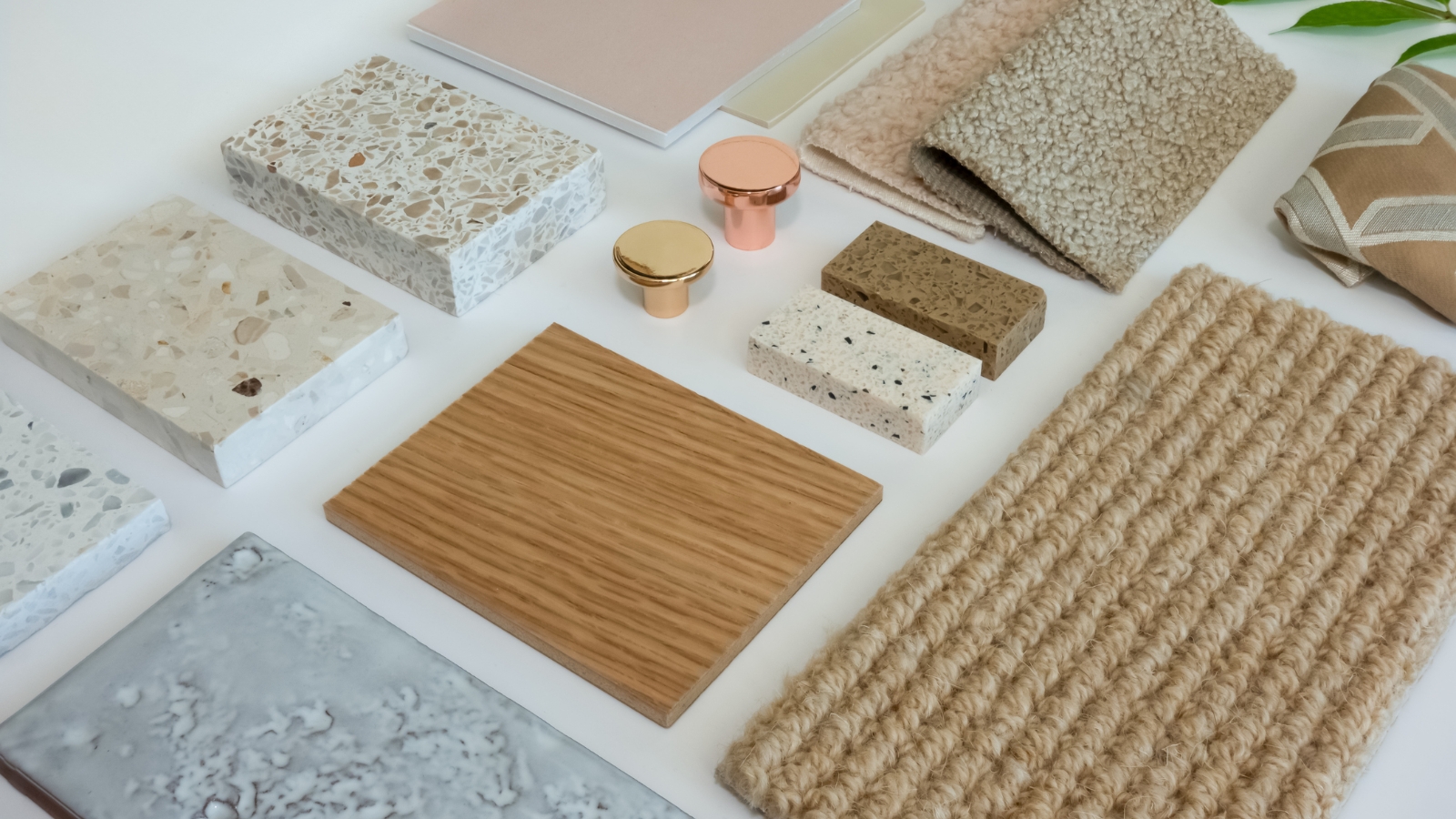Feature article
Green with envy: How to style indoor plants to perfection
Elevate your interior with greenery.

Few elements elevate your interior like a well-chosen indoor plant. Not only do they look good, indoor plants have been shown to have many health benefits as well, from filtering toxins from the air to helping lower stress levels.
Cover image: The 2021 Small Home of the Year, Feather House by Irving Smith Architects, features an exterior green wall. Inside, plants have been used throughout, maintaining a beautiful connection to the outdoors. Image: Patrick Reynolds
While there is, technically, no such thing as an “indoor” plant, there are several varieties of plants — peace lily, snake plant, fiddle-leaf fig, maidenhair fern, moth orchid and ficus, amongst them — that do well in an indoor environment. The first rule of thumb, therefore, when it comes to decorating with plants is to choose from varieties known to thrive indoors.
The next most important consideration is the amount of light, room temperature and level of humidity each plant requires to thrive and to choose the right spot for each based on these parameters.
Once you’ve got the ground rules established you can begin the task of creating a layered interior design using plants.
As with any interior element, choose plants and containers that suit your personal style — containers made from natural materials, such as wicker baskets or terracotta, will create a rustic look, while clean-lined, monochromatic ceramics will lend your interior a sleek, modern style.
Experiment with placement — the varied sizes and opportunities offered by bookcases, shelves, tables, sideboards and other furniture are ideal for creating visual interest through a patchwork-style display. Placing plants at different levels and spatial planes will create a much more compelling scheme.
In the cover image, the 2021 Small Home of the Year, the outdoor entertaining area is defined by extensive planting including climbing plants that create a green wall. Inside, indoor plants feature in almost every space, maintaining a strong connection with the natural environment.
Likewise, including plants with different coloured and shaped foliage will add to the visual contrast, while grouping the same style or colour containers together will bring an element of cohesion to your overall display. Generally, it’s wise to pay attention to the basic design principles of proportion, balance, scale, harmony, style and colour.
Another remarkable thing about decorating with plants is that they suit every room in the house, so the sky's the limit when it comes to introducing plants to your interior.
In the 2024 City Home of the Year, Textured Bach by Nic Owen Architects, indoor plants are featured throughout. In this light-filled bathroom, various indoor plants are thriving and help to create a relaxing, spa-like environment. Image: Simon Wilson.
What are the best indoor plants for the bathroom?
Bathrooms, not surprisingly, make an ideal spot for those plants that thrive in higher humidity, such as ferns, begonias, calathea, sansevierias and orchids. These plants also tend to do well in low-light conditions, which makes them suited for apartment bathrooms that may not have external windows or much natural light.
In the 2024 City Home of the Year pictured above, Textured Bach by Nic Owen Architects, the bathrooms are adorned with a variety of plants including ferns. The addition of greenery helps to create a relaxing spa-like environment.
Trailing plants are a great option when floor space is limited. This bathroom, in Featherston Passive House by Josefine Watterson, is enhanced by the addition of lush greenery above the bath. Image: Simon Devitt.
Indoor plants for the kitchen, bedroom and living room
When it comes to using plants in your bedroom, choose varieties that are best suited to filtering toxins to ensure a better night’s sleep. These include golden pothos, dracaena and philodendrons.
Dried flowers are used in the 2023 Small Home of the Year, Bird/Seed House by Vaughn McQuarrie. Image: Simon Devitt
If you’re travelling or leaving the house unattended for long periods of time and indoor plants aren’t an option, an alternative to indoor plants is dried flowers. In the 2023 Small Home of the Year, Bird/Seed House by Vaughn McQuarrie, pictured above, dried flowers create a beautiful addition to the dining area.
In your living room, try to achieve a balance between the furnishings and living accents. Plants can be used to fill up empty corners, which tend to be able to take larger plants such as kentia palms, rubber plants, monstera and bird of paradise.
Where double height spaces exist, such as in the home pictured below, the 2021 City Home of the Year, House on Takapuna Beach by CAAHT Studio, an indoor garden was integrated into the design, setting the tone for a home that is highly connected to the natural environment within which it is sited.
House on Takapuna Beach by CAAHT Studio incorporates an indoor garden, making a statement in the entrance foyer. Image: Sam Hartnett
Courtyard houses – planting for the outdoors in an internal courtyard
While not technically indoors, the 2024 Rural Home of the Year, Mangawhai Estuary House by Belinda George Architects, features an open air courtyard filled with luscious potted plants. As the central space around which all others in the house flow, the courtyard offers glimpses of the planting from every direction – creating a constant connection to the plants. Using plants in this way is a lovely option when indoor plants aren’t desired.
The 2024 Rural Home of the Year, Mangawhai Estuary House by Belinda George Architects, features an open air courtyard in which an array of luscious potted plants allow for connection to nature without having indoor plants. Image: Simon Devitt
Author
Other articles you might like












